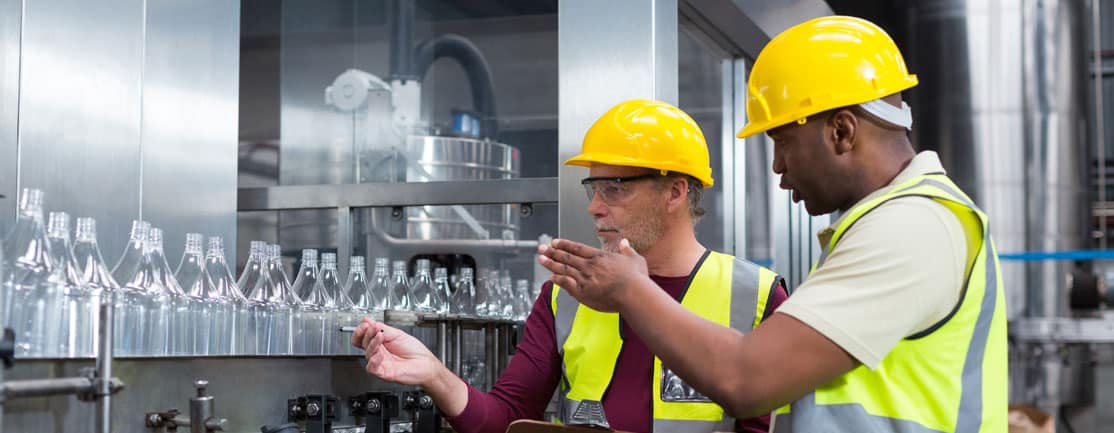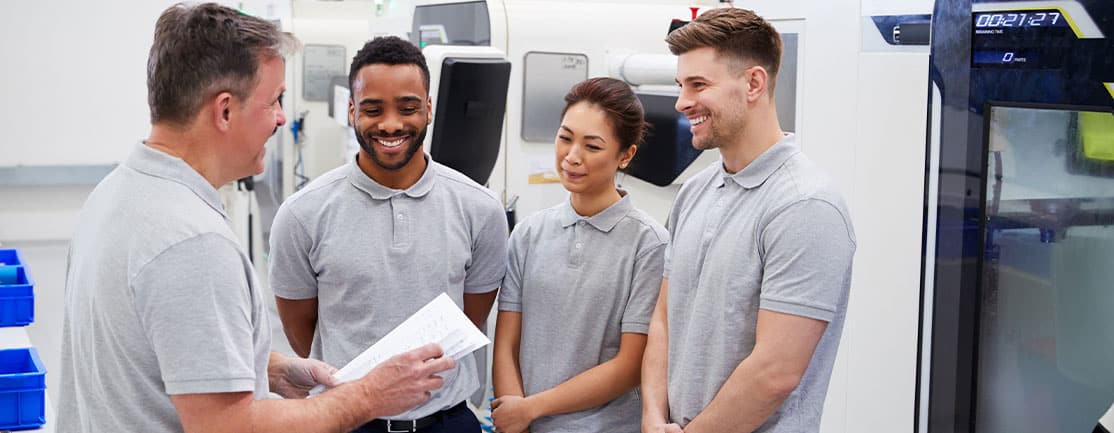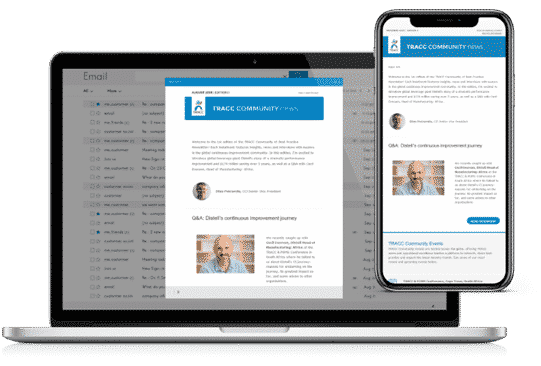Why 5S is the cornerstone of a successful continuous improvement plan
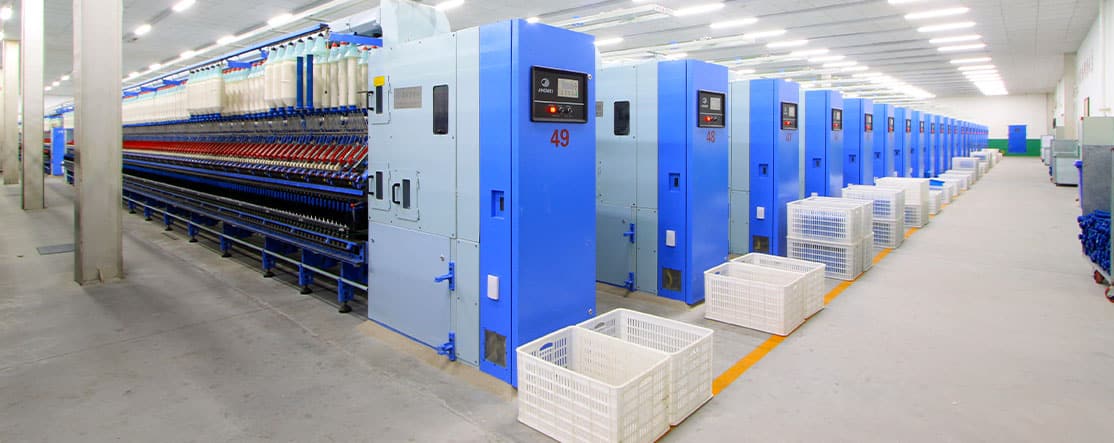
The 5S principles are used by organisations across the world to chart a journey of continuous improvement that can improve a business’ efficiency, profitability and safety. Here’s why 5S is the cornerstone of your continuous improvement plan.
Organisations embarking on a continuous improvement journey need a comprehensive road map or plan to guide their efforts and ensure wins along the way. This continuous improvement plan is based on the organisation’s current capabilities and implements initiatives in a logical order. A primary consideration is deciding which best practice is fundamental to your organisation and will allow people to be effective in executing the continuous improvement plan.
Where do you start? Which best practice should you be implementing first? This blog explores some of the benefits of a continuous improvement plan 5S foundation.
Build a 5S continuous improvement plan foundation
The 5S system aims to establish the principles of discipline, orderliness and cleanliness in the workplace – principles that are fundamental to world-class competitiveness. 5S is also about maximising efficiency and profit, and is often hailed as the first tool to implement as part of a lean manufacturing or continuous improvement action plan, as it creates an environment for other continuous improvement best practices like Kaizen and Six Sigma to prosper:
- 5S is an essential step towards more effective maintenance through tidiness and regular inspection of the workplace
- 5S helps to reduce set-up and changeover times through optimum storage area and workplace organisation, eliminating the time wasted while searching for change parts and tools
- 5S facilitates effective problem-solving by exposing abnormalities
- 5S assists quality control by preventing contaminated products and operator errors
- Digital 5S, the ongoing effective organisation with management of data and related informatics, is critical to administrative and organisational efficiency
The strength of the continuous improvement plan’s foundation will determine the strength and sustainability of all other best practices.
Takashi Osada – The 5S’s: Five Keys to a Total Quality Environment
Get employee buy-in for your 5S implementation
For the continuous improvement plan to succeed, its participants must identify with and buy into the concepts, and understand how these best practices will benefit their lives. Starting with 5S in the continuous improvement plan is one of the most effective ways to gain support from the participants.
Our experience has shown that the typical shop floor employee is interested in finding out two things when a continuous improvement action plan is introduced:
- “Does continuous improvement work?”
- “How will it affect me?”
A well-executed 5S programme can address both these questions, and thus help to garner employee buy-in for the continuous improvement action plan. Once the 5S initiative has been executed, maintain participants’ support for the continuous improvement plan through regular communication and collaboration, coaching and training sessions, leadership support for all continuous improvement initiatives, and a reward and recognition programme to celebrate successes.
Download the how-to guide: Driving employee engagement on the CI journey and find out how to create a sense of employee ownership and pride.

The following video illustrates the implementation of 5S in five different environments:
Teach key continuous improvement concepts through 5S principles
The 5S principlesi of ‘Sort’ (discard unnecessary items), ‘Shine’ (clean up the workplace), ‘Set in order’ (a place for everything and everything in its place), ‘Standardise’ (set standards), and ‘Sustain’ (sustain standards through discipline) – or whatever your organisation’s translation of the five Japanese words Seiri, Seiso, Seiton, Seiketsu, Shitsuke may be – are a good starting point for the continuous improvement plan as they teach participants several essential lean and continuous improvement concepts, for example:
- Eliminating waste: As the 5S initiative gets underway, it is important to emphasise the fact that 5S is more than simply cleaning up. 5S puts into practice the lean philosophy of continuous improvement through consistent reduction and elimination of waste. And who better to identify the waste – such as the excessive movement of operators and equipment – in a particular work area than the people who work in it every day? The 5S activities show employees the value of eliminating waste: it increases productivity and employee engagement.
- Empowering employees: The 5S methodology allows management to illustrate how lean empowers employees to make positive changes in their day-to-day work environment. Employees are involved in the improvement and can offer further suggestions for improvement. They understand the value of the improvement because it impacts them and their work process directly, resulting in a continuous improvement cycle. And by empowering team members to take action and improve their own workflow, the continuous improvement philosophy can be fostered throughout the organisation – building a culture of continuous improvement.
- Setting standards: 5S teaches employees how to reduce variations, and prevent confusion and misunderstanding by setting standards. A good example of standardisation is 5S visual controls such as floor marking red tagging, where labels, colour-coding and demarcation follow very specific safety standards and details such as the right colour paint to be used.
- Sustaining improvements: The fifth ‘S’ in 5S refers to sustaining improvements. Employees learn to measure improvements, conduct audits and develop a sense of self-discipline because they’ll need to revisit the previous four steps of 5S to ensure continual and long-lasting improvements. It becomes a never-ending daily process of sustaining the gains.
Integrating 5S in the workplace
5S must be viewed as a set of principles, values and practices that people eventually adopt company-wide as a guide to working together productively.
To build on the benefits of 5S as an integrated process, consider implementing the 5S methodology in a pilot area together with other foundational best practices such as teamwork, focused improvement and visual management. Here’s why:
- It focuses concentration of effort in one area to achieve results instead of diluting the effort across a wide front
- It allows learning and experimentation in a confined area, making roll-out easier
- It develops a visible zone of excellence to act as a role model for the rest of the organisation
- It convinces the sceptics and achieves employee buy-in
- It provides quick results to sustain the momentum
5S provides the opportunity to show your employees that a continuous improvement plan is not an abstract philosophy invented by mass manufacturers for high-volume production. Instead, it’s all about taking ownership of an area or process, the freedom and autonomy to improve, pride in excellence, and the ability to control outcomes.
Download the eBook: The definitive guide to integrative improvement to find out how a foundation of best practice can help transform your organisation.
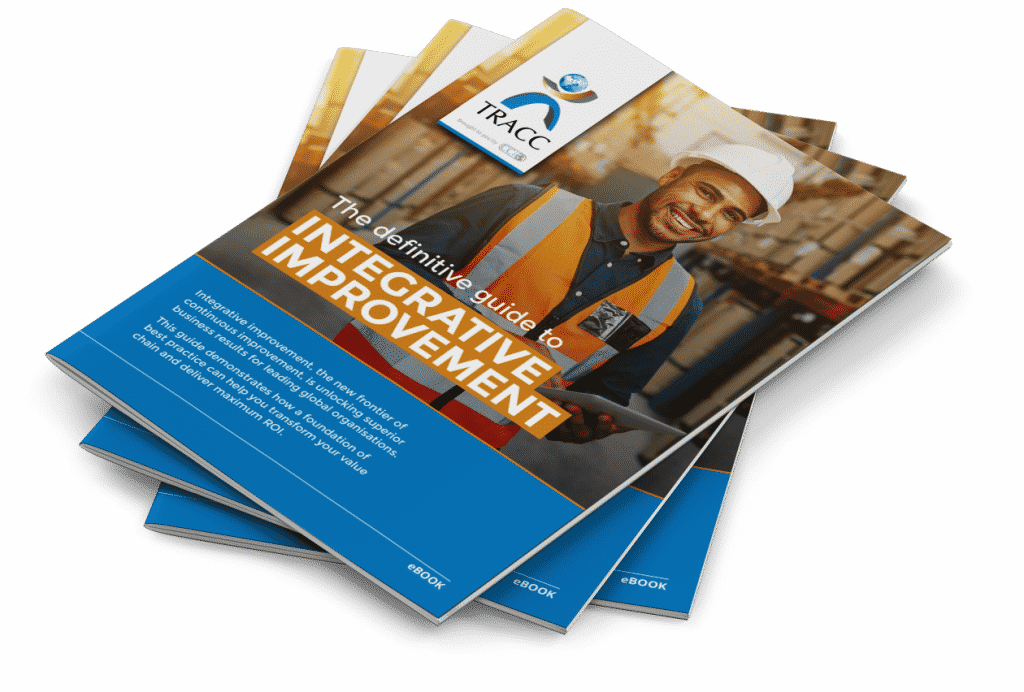
i Some companies add ‘Safety’ as a sixth S in a modern variation of the traditional 5S approach outlined in the Toyota Production System (TPS).
